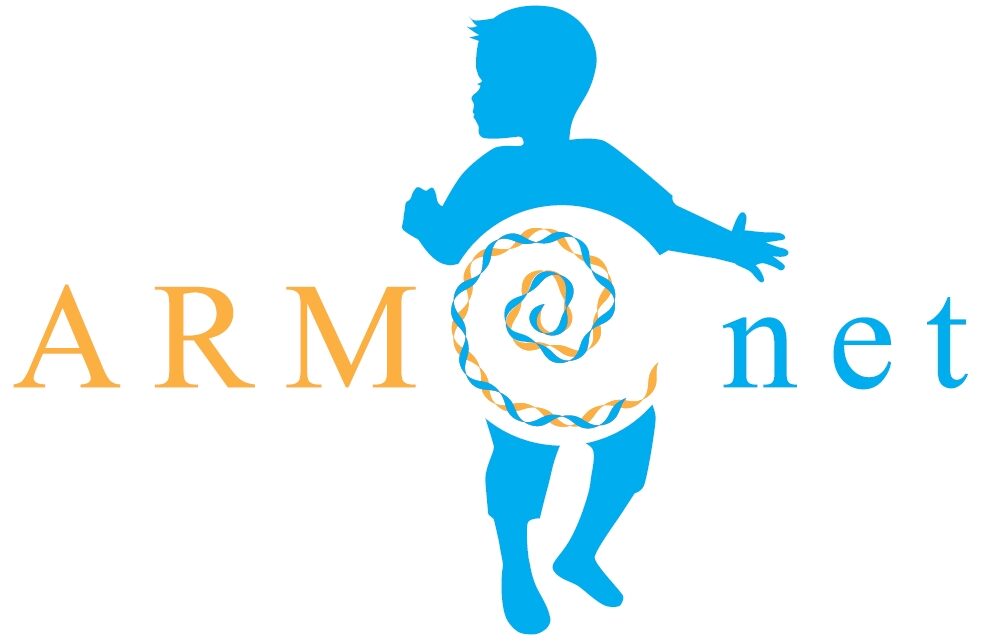Projects
1a. Patient Registration
For research purpose in rare diseases sample sizes are a critical issue. Often these patients are treated in multiple hospitals and different classification and way of documentation is used, which does not make these patients comparable. Often it is not known which features are existent and hence causative research on special associations of multiple malformations is not performed. Hence we started an anonymized collection of patients with anorectal malformations from institutions and clinics in Europe. No personal information (e.g. name) is stored. About two third of all patients with an anorectal malformation have multiple malformations, some are part of the so called VATER or VACTERL association. Even the isolated patients differ in minor abnormalities (e.g. sacrum dysplastic or not). Beside precise description according KRICKENBECK classification and complete associated malformations, we store the information whether DNA of environmental information is existent. Furthermore, we register which kind of surgical procedures have been performed and whether complications have occurred.
Interested institutions can apply for participation. Every participant has complete access to their own patients, only the database administrator has access to all patients. Prior to collaborative analyses an agreement must be made. The data are stored ciphered way in the database.
1b. Clinical research
The ARM-NET Consortium aims to provide a better outcome for patients affected by anorectal malformations (ARM). Many aspects of treatment and care of ARM are still debated among specialists, such as the use of laparoscopy and the best approach to recto-vestibular fistula. Prospective randomized controlled trials (RCT) may help to clarify these points.
The importance of a long-term multidisciplinary follow-up, including specialists from adults care and psychological support, is also stressed and schemes of care are provided.
Finally, questions from colleagues, patients and parents could find an answer from the cooperative effort of different countries.
1c. Genetic research
The etiology of ARM is anticipated to be heterogeneous. Besides multifactorial forms, attributed to a complex interplay between genetic variants and the environment, a significant proportion is suggested to be monogenic. Similar to
most congenital defects, ARM can occur as an isolated malformation or associated with other defects or syndromes. Among the defined syndromic forms are chromosomal abnormalities (e.g. trisomy 13, 18, and 21; cat eye syndrome), monogenic
syndromes (e.g. Townes–Brocks, Klippel–Feil, or Pallister–Hall), sequences (Pierre Robin) or associations (VATER/VACTERL). To date, no single gene or chromosomal locus has been identified as the cause of all, or even a minority of
ARM. Case reports presented by our consortium showed that chromosomal micro-aberrations on chromosome 18 might be important in certain ARM patients, but no major causative genes have been pointed out from these studies yet. Other
than the molecular genetic elucidation of a few syndromic forms (SALL1 zinc-finger protein causing Townes-Brocks syndrome, GLI3 gene involved in Pallister-Hall syndrome), the current knowledge of genetic factors underlying most ARM
is very limited.
The aim of our multicenter genetic research is to elucidate the genetic background of both multifactorial and monogenic forms. To achieve this goal we perform:
· genome-wide screening for copy number variations (CNV) in non-isolated ARM patients.
· linkage analysis in multiple affected families with ARM to identify rare recessive disease causing genes.
· next generation exome sequencing (NGS) in ARM families to identify critical rare mutations.
· a genome-wide association study (GWAS) in nonsyndromic isolated ARM patients to identify functional rare variants that may be involved in the occurrence of ARM.
· gene expression analysis of human derived candidate genes using whole mount in situ hybridization in mouse embryos.
The identification of causative genes for different phenotypes of ARM will lead to new diagnostic possibilities, will provide patients, families and clinicians with greater knowledge of the causes of these disorders, and will allow a precise estimation of recurrence risk. This knowledge will feed into daily clinical practice of diagnosing and treating ARM as well as into genetic counseling for ARM, taking into account the diversity among phenotypes. In addition, gene identification represents the first step to better understanding of the physiological role of the underlying protein networks and disease pathways, which in turn serves as a starting point for developing therapeutic interventions.
1d. Epidemiologic research
The causes of anorectal malformations (ARM) remain to be elucidated, but a multifactorial aetiology is suggested for most patients, including both genetic and environmental risk factors. Apart from a few small studies on exposure factors, no large epidemiologic studies with ARM patients have been performed and will be established within the ARM-NET Consortium.
To study maternal and paternal exposure risk factors, questionnaire data are used from both mother and father of patients and controls (patient-control design). Potential environmental risk factors are factors that are able to affect the formation of oocytes and spermatozoa and/or influence the development of the embryo. Therefore, the questionnaires contain questions covering the three months before conception through the first trimester of pregnancy. There will be questions about use of medication, vitamins, alcohol, smoking, caffeine, nutrition, and occupational exposures. In addition, questions on demographic factors, family history, general health, reproductive history, and use of artificial reproductive techniques are included.
The main epidemiologic research question to be answered in this consortium is which environmental risk factors and relevant gene-environment interactions can be identified in the aetiology of congenital ARM?
Other epidemiologic research that will be performed are descriptive phenotype and clinical studies including data from the registry.
